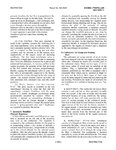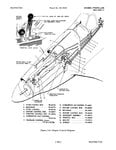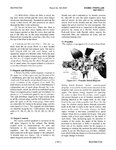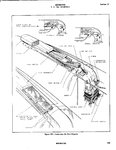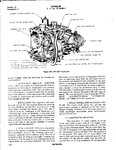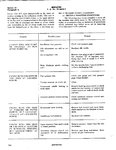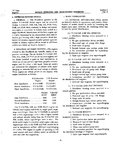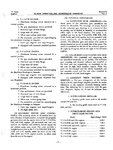fastmongrel
1st Sergeant
Malta, where Coral dust was so prevalent, it wouldn't make TBO and would be overhaul based on condition rather than overhaul hours.
I dont know if there are any Coral Reefs on Malta anymore but the Island is made from a fairly soft but incredibly gritty Corraline Limestone with layers of Greensand which is an even grittier soft Sandstone containing lots of mineralised marine life. Both types of dust plus any liquid turns it into something resembling Valve Lapping in compound.
So yes its Coral dust just 55 million year old Coral dust

